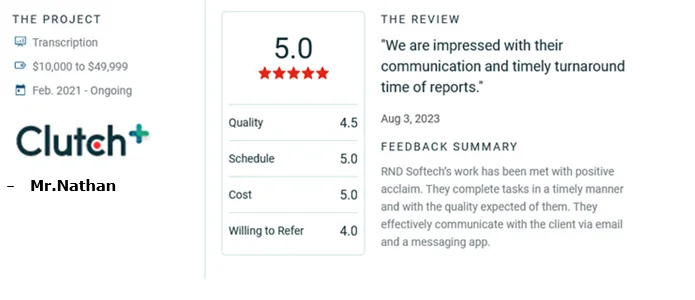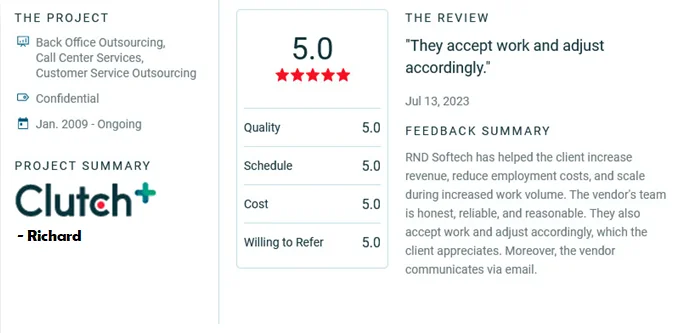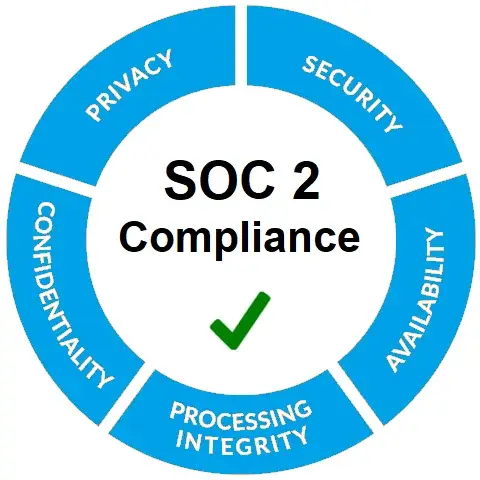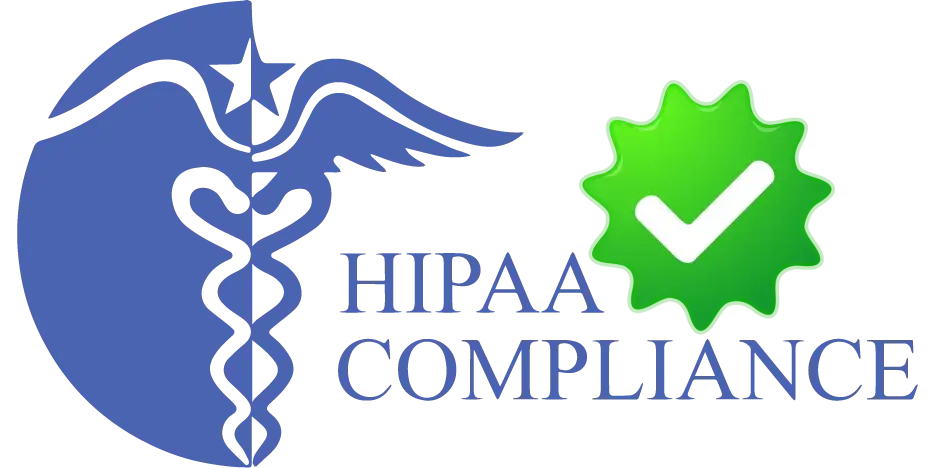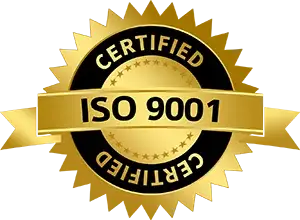In Summary, data entry and documentation in revenue cycle management Careful documentation and data input enhance the financial stability and operational effectiveness of healthcare organizations, from the initial patient demographic gathering to the reconciliation of payment transactions. The significance of precise documentation and data entry in RCM only grows as regulations change and technology advances.
When does documentation and data entry in revenue cycle management typically begin?
The revenue cycle is a dynamic procedure in the field of healthcare administration, where accuracy and productivity are crucial. Fundamentally, revenue cycle management documentation initiation (RCM) includes all aspects of a patient's financial interaction with a healthcare provider, from making an appointment to making the last payment. In this complicated network of exchanges and relationships, data entry and documentation operate as the cornerstones around which the whole cycle is built. However, inside the revenue cycle, when does this important documentation and data input procedure start? In order to provide a thorough response, we examine the several phases of revenue cycle management documentation initiation.
- Pre-Encounter Phase
- Encounter Phase
- Post-Encounter Phase
- Billing and Claims Submission
- Payment Posting and Reconciliation
Pre-Encounter Phase:
The documentation and data entry journey commences even before a patient steps foot into a healthcare facility. During the pre-encounter phase, administrative staff gather essential patient information such as demographics, insurance details, and medical history. This preliminary data entry sets the stage for continuous coordination and billing accuracy throughout the revenue cycle.
Encounter Phase:
As the patient arrives for their appointment, documentation takes centre stage. Healthcare providers exactly record patient symptoms, diagnoses, treatments, and procedures during the encounter. Simultaneously, data entry specialists input this wealth of clinical information into electronic health records (EHR) or practice management systems. Accurate and timely documentation at this stage is crucial not only for clinical decision-making but also for billing compliance and revenue optimization.
Post-Encounter Phase:
Once the patient visit concludes, the documentation and data entry process continues. Coders translate the recorded clinical data into universally recognized billing codes, following to standardized code sets such as ICD-10-CM and CPT. These codes serve as the essential for claims submission and reimbursement negotiations with payers. Moreover, careful documentation ensures that providers accurately capture the services rendered, safeguarding against potential revenue leakage or compliance penalties.
Billing and Claims Submission:
With comprehensive documentation and data entry in place, the focus shifts to billing and claims submission. Revenue cycle specialists compile the coded encounter data into claim forms and submit them to insurance carriers or governmental payers. Timeliness, accuracy, and observance to payer-specific guidelines are extreme to accelerate reimbursement and mitigate claim denials.
Payment Posting and Reconciliation:
Upon receiving payment from payers, hardworking payment posting and reconciliation efforts ensue. Data entry personnel record payment details, reconcile accounts and identify discrepancies for resolution. This careful reconciliation process ensures that the revenue cycle remains fluid and transparent, facilitating financial sustainability for healthcare organizations.

